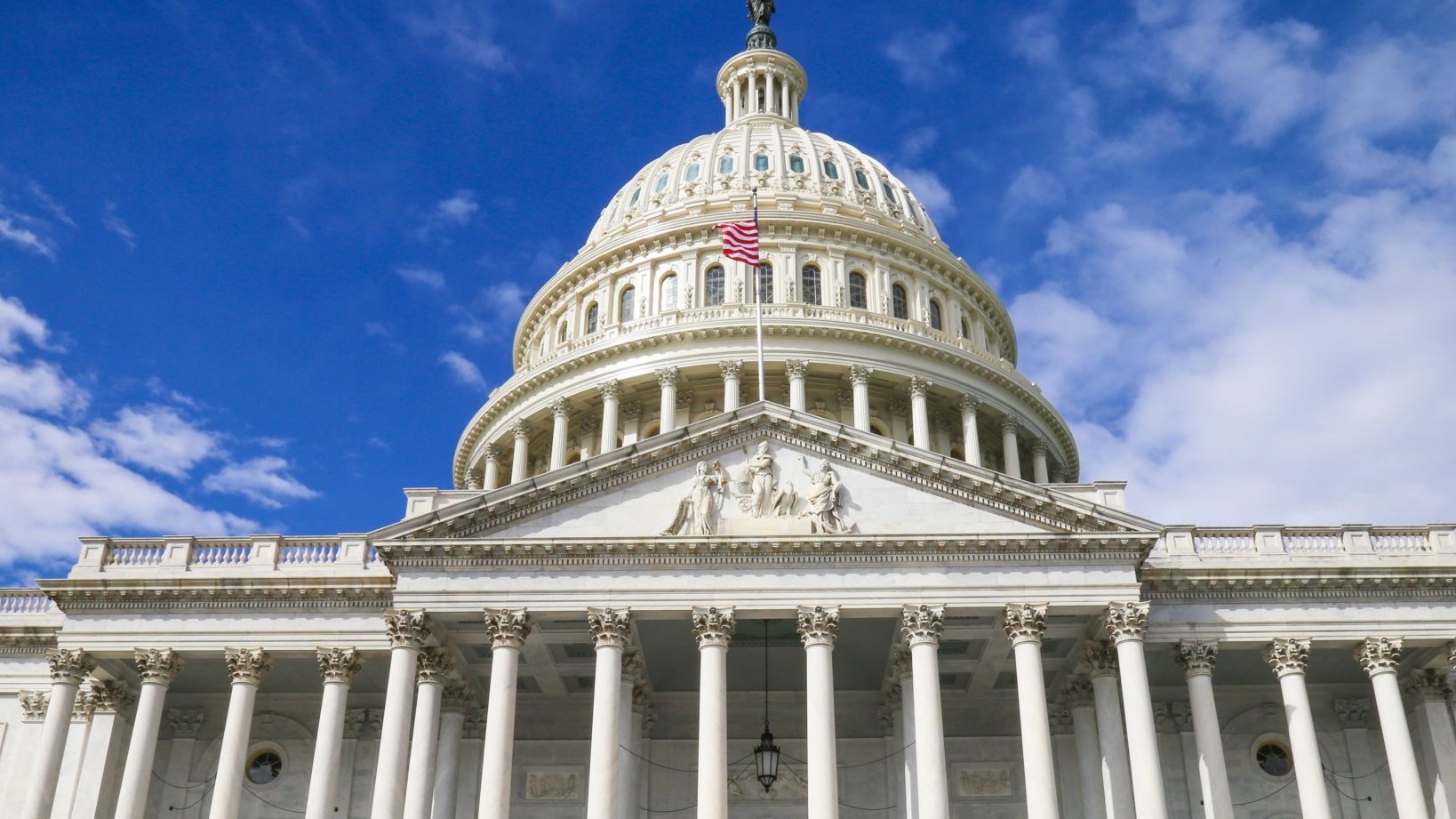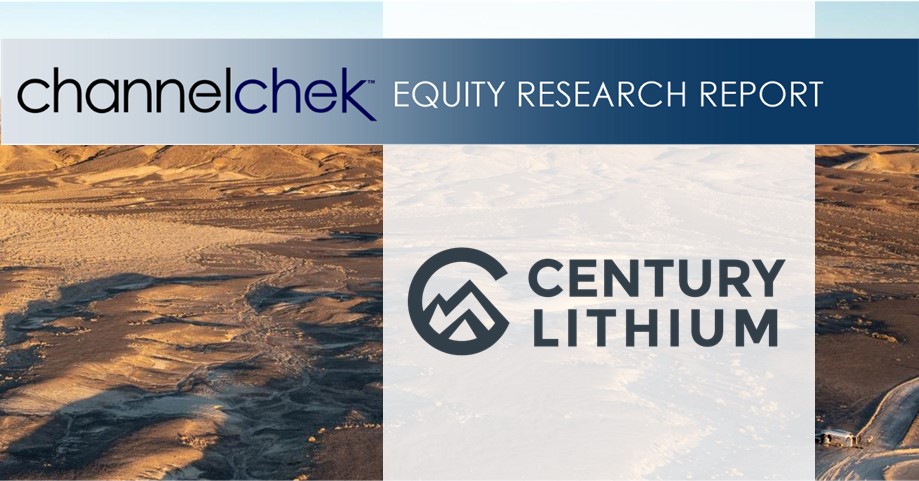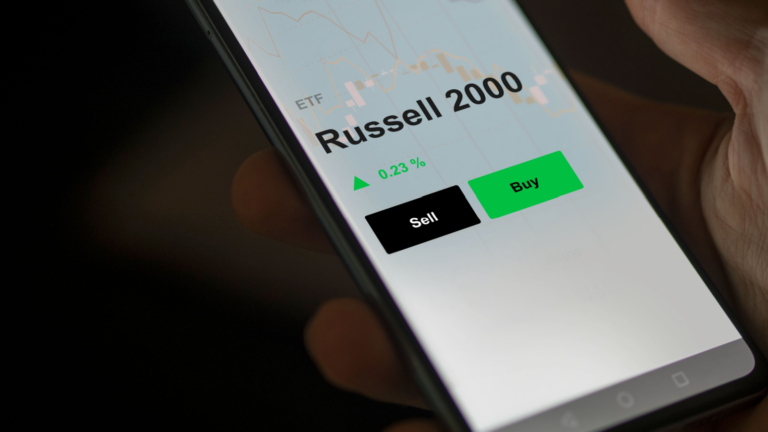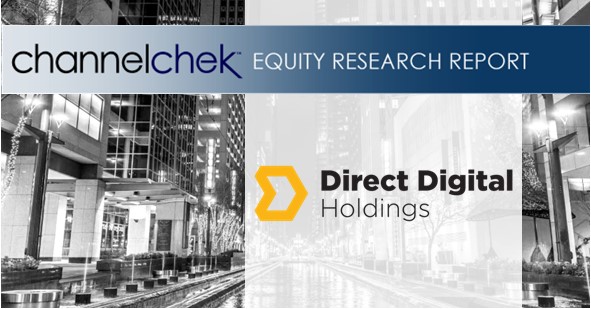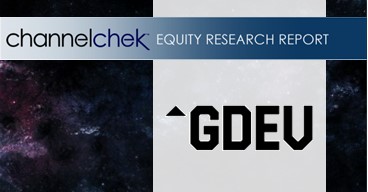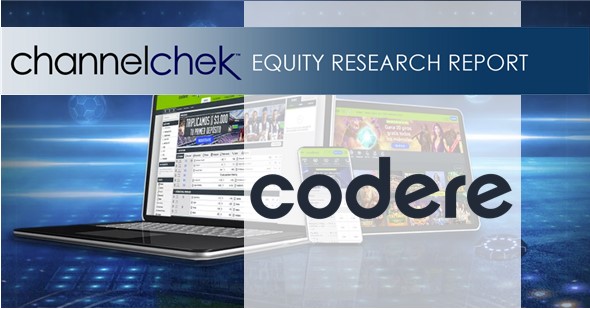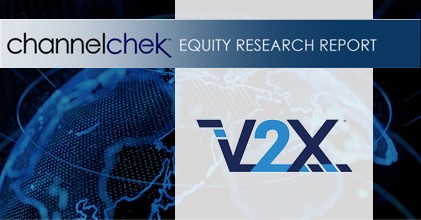| Key Points: – Gold surges as investors seek safety from Trump’s tariff threats. – U.S. fiscal worries and a weaker dollar drive demand for gold. – Gold defies norms, staying strong despite rising Treasury yields. |
Gold is trading just a few percentage points below its all-time highs, confounding expectations for a significant retracement typical of most asset classes. In a normal market cycle, rapid price increases are often followed by pullbacks as traders take profits and reassess fundamentals. But gold’s current behavior suggests that broader forces are at play, reshaping how investors evaluate risk and value in today’s geopolitical and macroeconomic landscape.
As of May 23, 2025, gold surged nearly 2% to $3,357.78 an ounce, extending its weekly gain toward 5%. This spike follows fresh threats from former President Donald Trump, who vowed to impose sweeping tariffs on the European Union and Apple Inc. These geopolitical tensions have reignited demand for gold as a safe haven, a traditional response to rising uncertainty.
According to a Bloomberg report, Trump’s proposed 50% tariffs on EU goods and a minimum 25% tariff on Apple if it fails to manufacture in the U.S. rattled financial markets. U.S. equity futures dropped in response, highlighting investor unease. At the same time, bullion prices surged as traders sought refuge from the volatility.
But tariffs alone don’t explain why gold is hovering so close to record highs without a typical retracement. Several structural shifts underpin the resilience of gold in this cycle.
First, gold is being buoyed by deep concerns over U.S. fiscal health. Moody’s recently downgraded the U.S. credit rating, citing fears that the government’s ballooning deficit—exacerbated by Trump’s tax proposals—could worsen. With trust in government debt shaken, gold has gained favor as a store of value.
Second, the usual inverse relationship between gold and Treasury yields appears to be breaking down. Yields on 10-year U.S. Treasuries have risen to around 4.5%, a level that would historically undermine gold, which offers no yield. However, this time, investors are prioritizing safety over returns. The desire to shield portfolios from political and economic instability is overriding traditional valuation models.
Third, the macroeconomic backdrop includes a weakening U.S. dollar, as evidenced by the Bloomberg Dollar Spot Index slipping 0.6% for the week. A softer dollar makes gold cheaper for foreign buyers, further boosting demand.
Finally, investor psychology has shifted. Gold’s surge of over 25% this year has created a momentum-driven market where fear of missing out (FOMO) is fueling further buying. This sentiment-driven rally leaves little room for retracement, especially when headlines continue to reinforce the bullish narrative.
In conclusion, gold’s current strength—so close to its peak with little sign of reversal—reflects more than just a temporary flight to safety. It signals a deeper lack of confidence in traditional hedges like government bonds and an increasingly uncertain geopolitical environment. Until those pressures ease, gold may not follow the rules of a “normal” market cycle.

